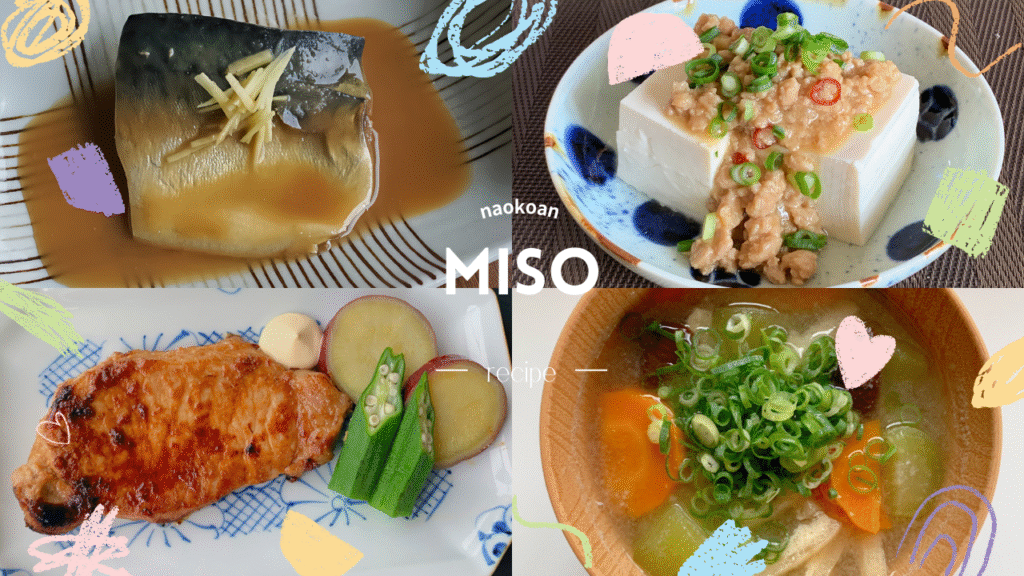
What kind of food is Miso??
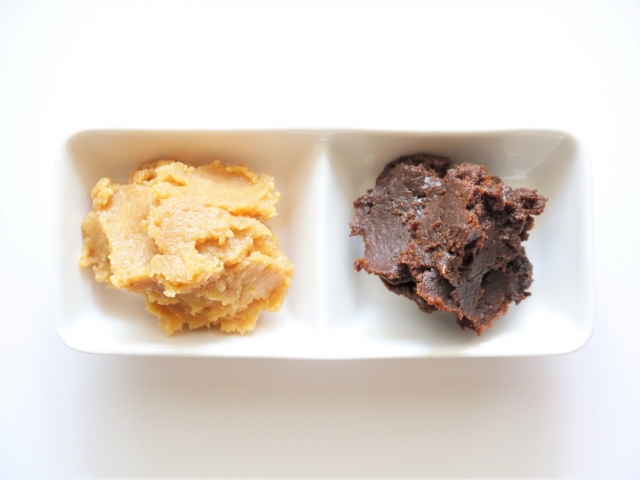
Miso is a traditional Japanese seasoning. This is one of the most useful seasonings in addition to soy sauce, mirin, and sake.
The origin of miso is said to be ”hishio”, a salted soybean food in ancient China.
Since the soybeans in the middle of ripening were also delicious, they became independent and developed into a food called miso.
When hishio was brought to Japan, animal meat and bones were also used when soybeans were salted.
After that, with the introduction of Buddhism to Japan, the raw materials for hishio became limited to plants. Instead, koji was used to bring out the umami.
During the Heian period, miso was a luxury and precious food that only the aristocrats could eat.
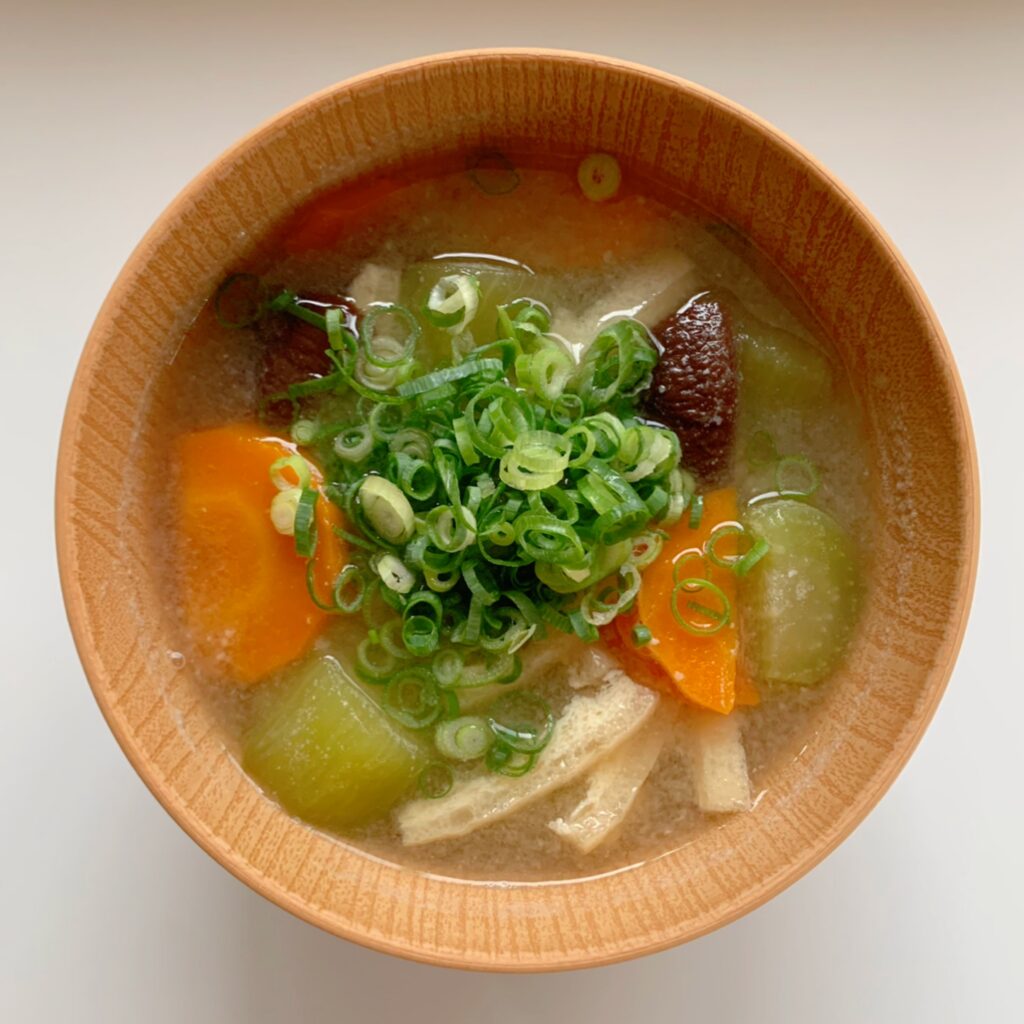
Miso soup, a representative dish using miso, appeared in the Kamakura period.
In the Muromachi period, home brewing began and spread to the common people.
Miso is a valuable source of protein, and because it supplements the amino acids that rice lacks, it was the most suitable food for the Japanese.
During the Sengoku period, warlords brought rice and miso to the battlefield. The Sengoku warlords encouraged miso making, so their hometowns developed as miso production areas.
“Shinshu miso” was produced in Takeda Shingen’s hometown, and “Sendai miso” was produced in Date Masamune’s hometown.
These two are made from rice and soybeans, and are now consumed all over the country.
“Haccho miso” produced in the Owari district, the hometown of Hideyoshi Toyotomi and Ieyasu Tokugawa, has a slightly unique flavor.
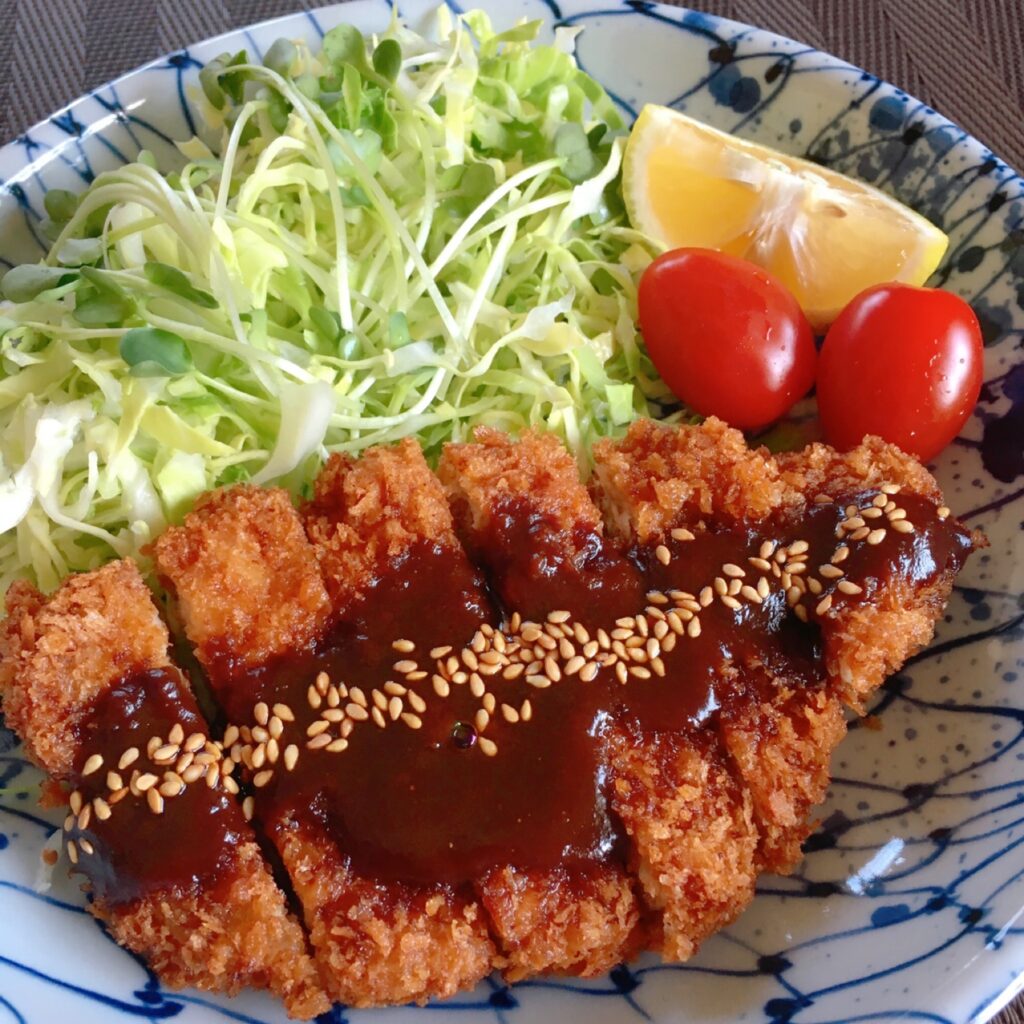
In Kyushu, miso is often made from barley.
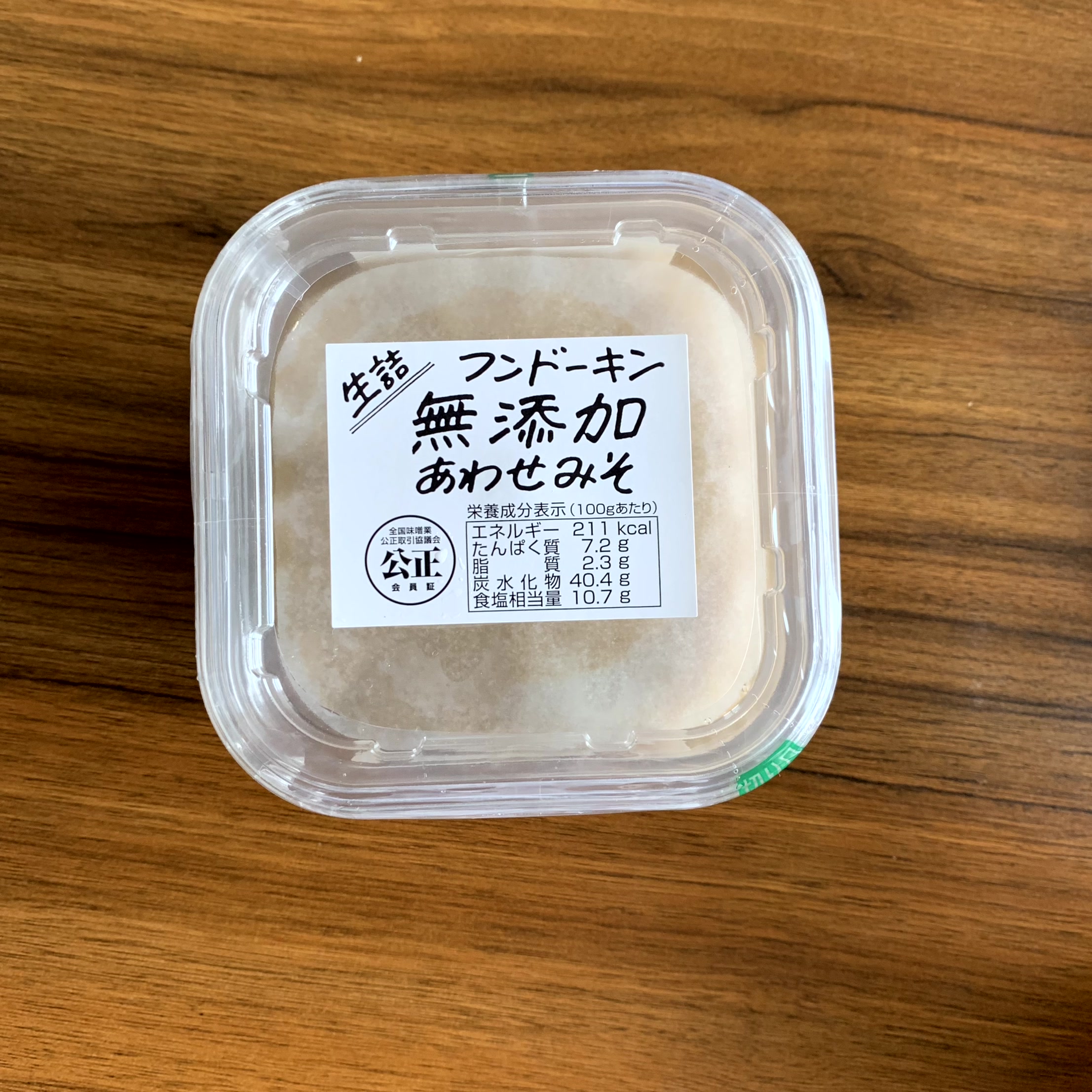
Classification of miso
- Rice miso: made by adding rice koji to soybeans.
- Barley miso: made by adding barley koji to soybeans.
- Soybean miso: A miso made mainly from soybeans.
They are sometimes classified according to their sweetness and spiciness. The higher the rice content, the sweeter it is. However, this sugar content decreases as the aging period increases.
The color difference in miso is due to the Maillard reaction that occurs during fermentation and aging. Amino acids react with sugar and turn brown, so the color gets darker as time passes after production.
Miso that has been fermented for a long time and has turned a deep reddish brown color is called red miso, while miso that is a mixture of multiple miso varieties is called awase miso.
Barley miso contains brown thread-like things. These are dietary fiber contained in the barley, the raw material for miso, so there is no problem with eating them.

The umami of miso is glutamic acid. It goes well with foods rich in glutamic acid, such as tomato sauce and cheese. It can be used for a wide range of dishes other than Japanese cuisine.
White miso (Saikyo miso) is made from rice and soy beans and has a short fermentation period. It is famous as a specialty of Kyoto.
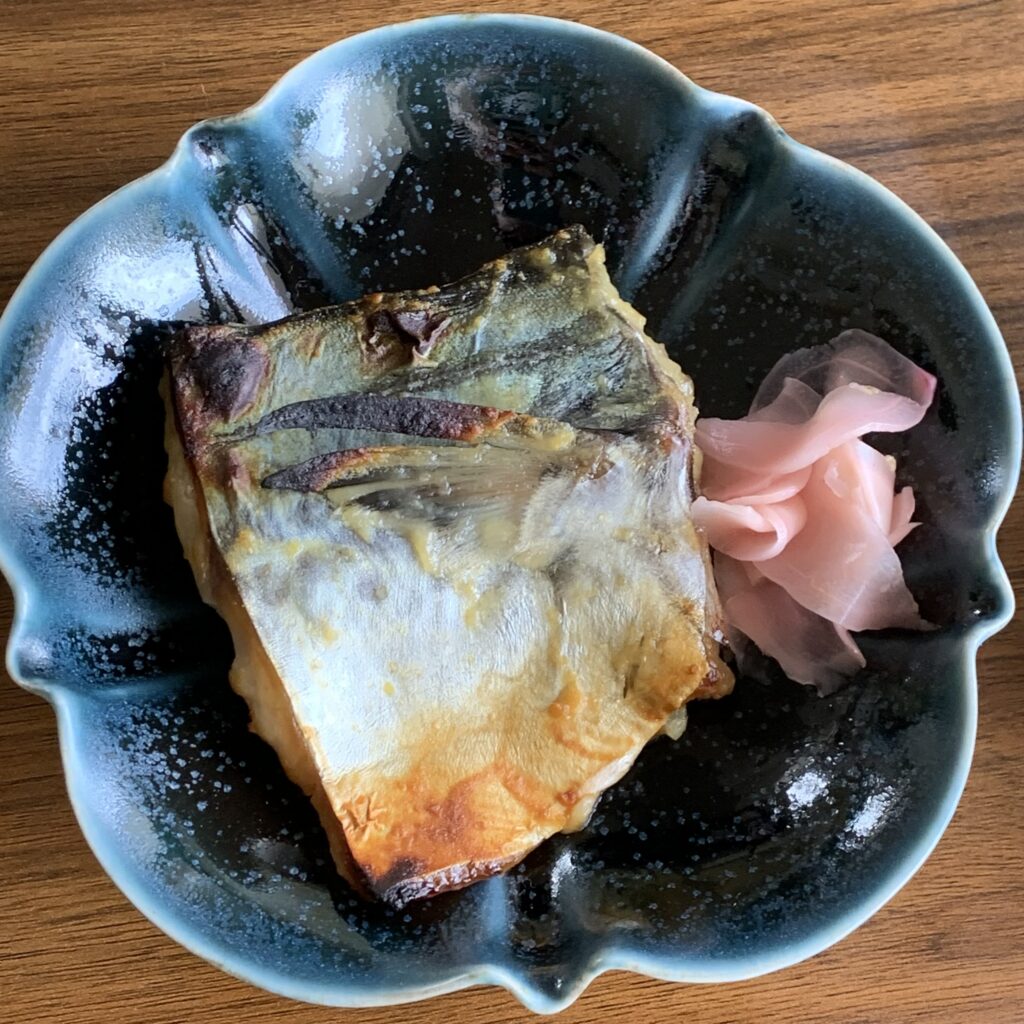
About soybeans
Soybeans are so nutritious that they are also called “meat from the field,” and are an essential ingredient in Japanese cuisine.
Soybeans have been called “meat from the field” because they are rich in protein.
Japanese cuisine tends to be centered on grains and low in animal protein. In addition, rice, the staple food of the Japanese, is low in the essential amino acid lysine, while soybeans are rich in lysine.
On the other hand, soybeans are low in the amino acid methionine, while rice is rich in methionine.
Therefore, when rice and soybeans are eaten together, they can make up for each other’s deficiencies in terms of amino acid balance.
Meals that combine rice and soybeans, such as rice and natto, or rice and miso soup, can be evaluated nutritionally.
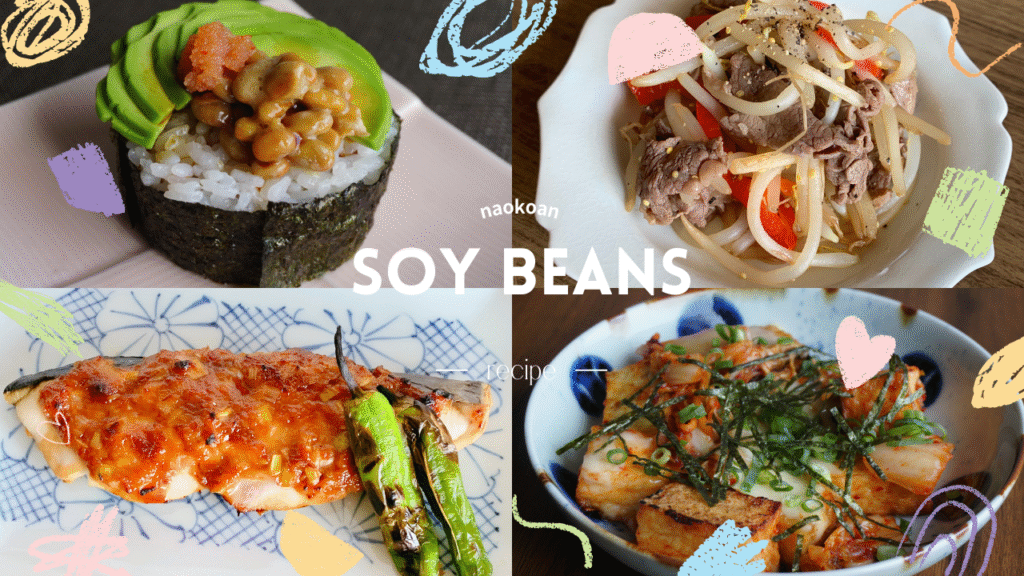
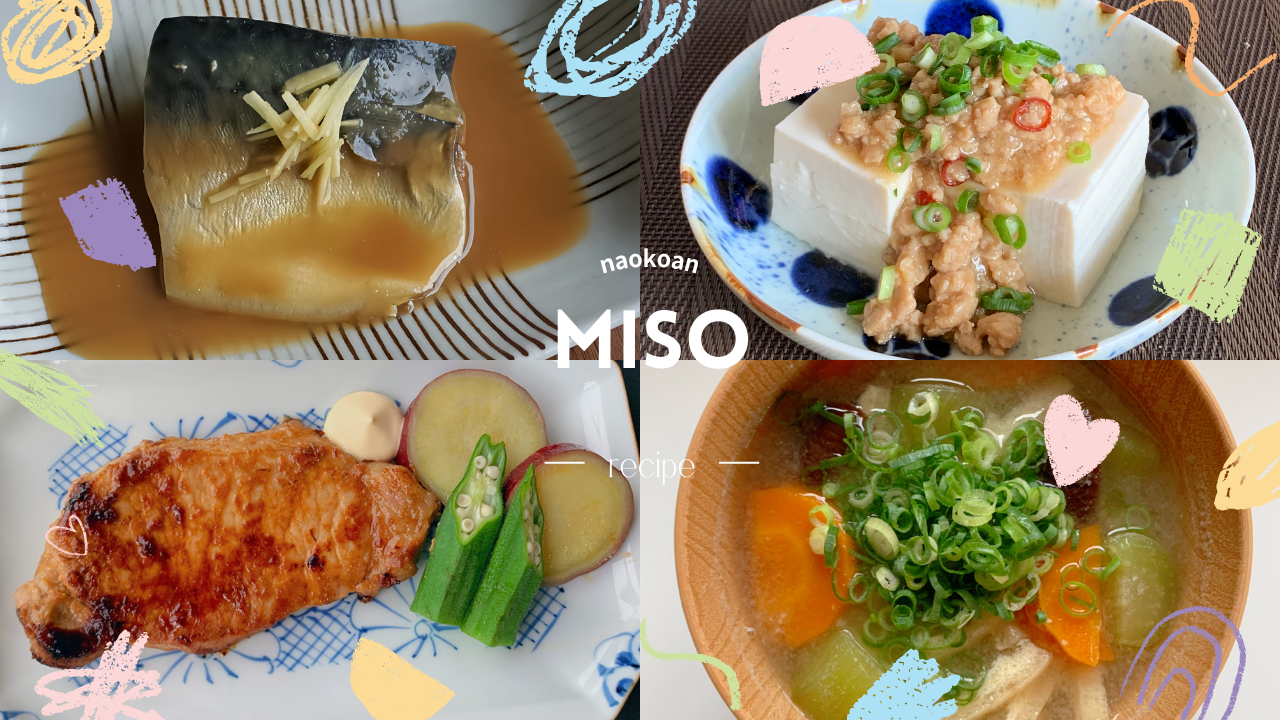


コメント